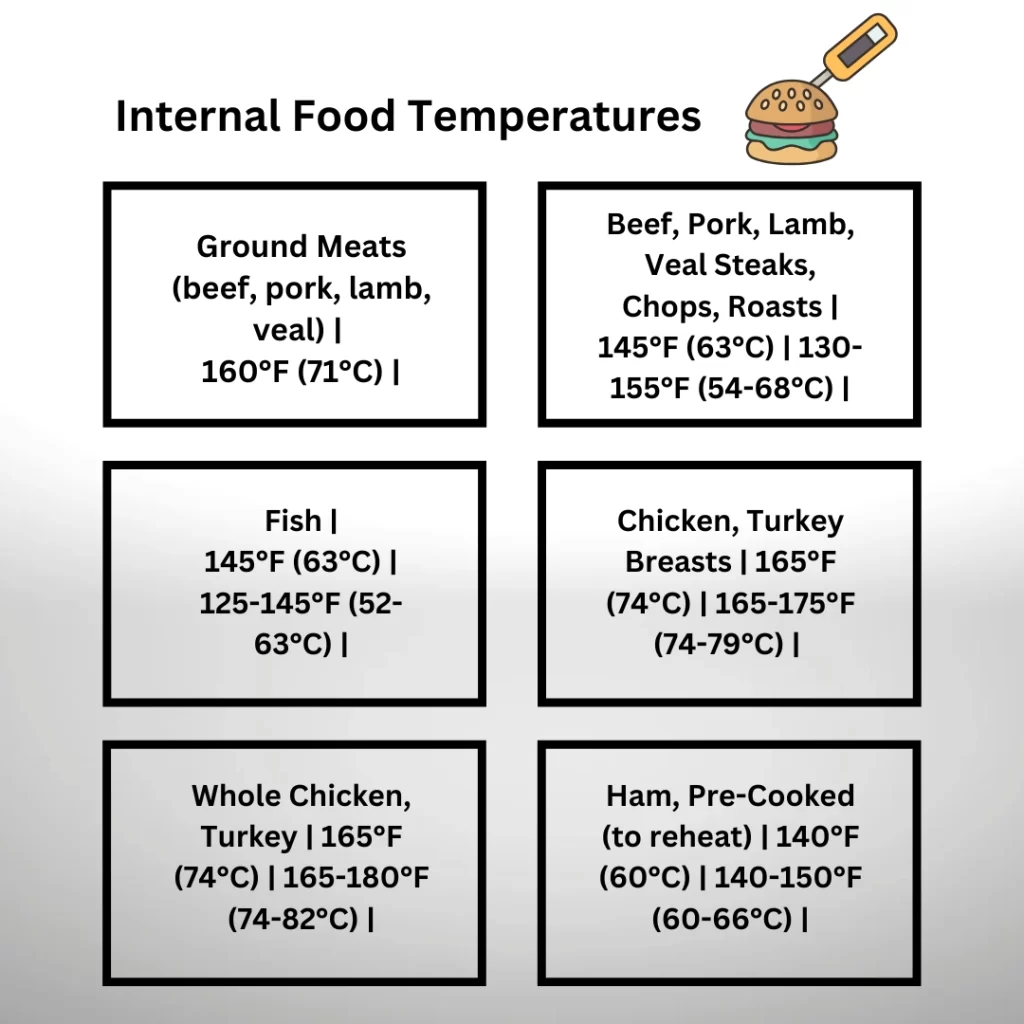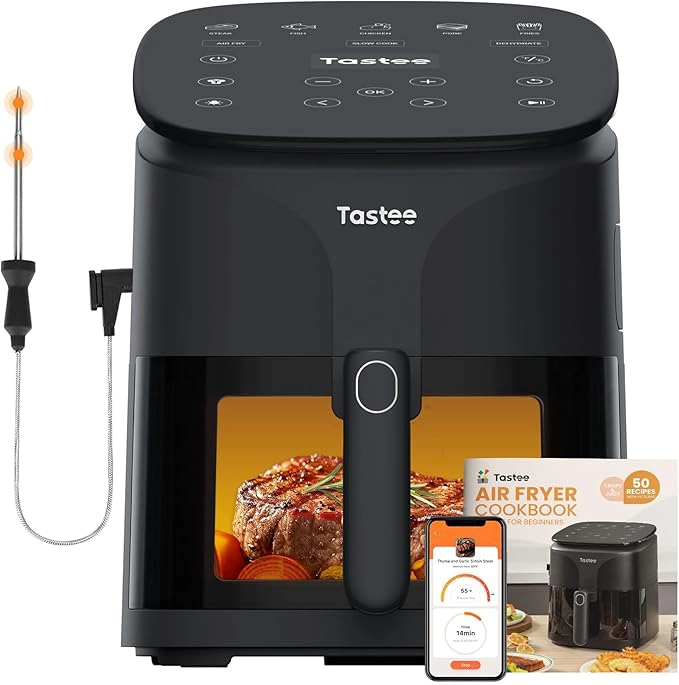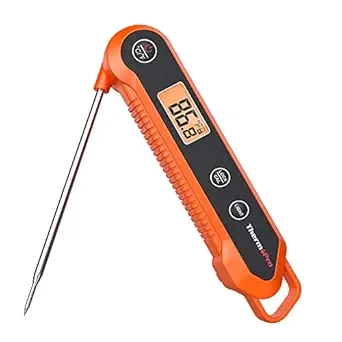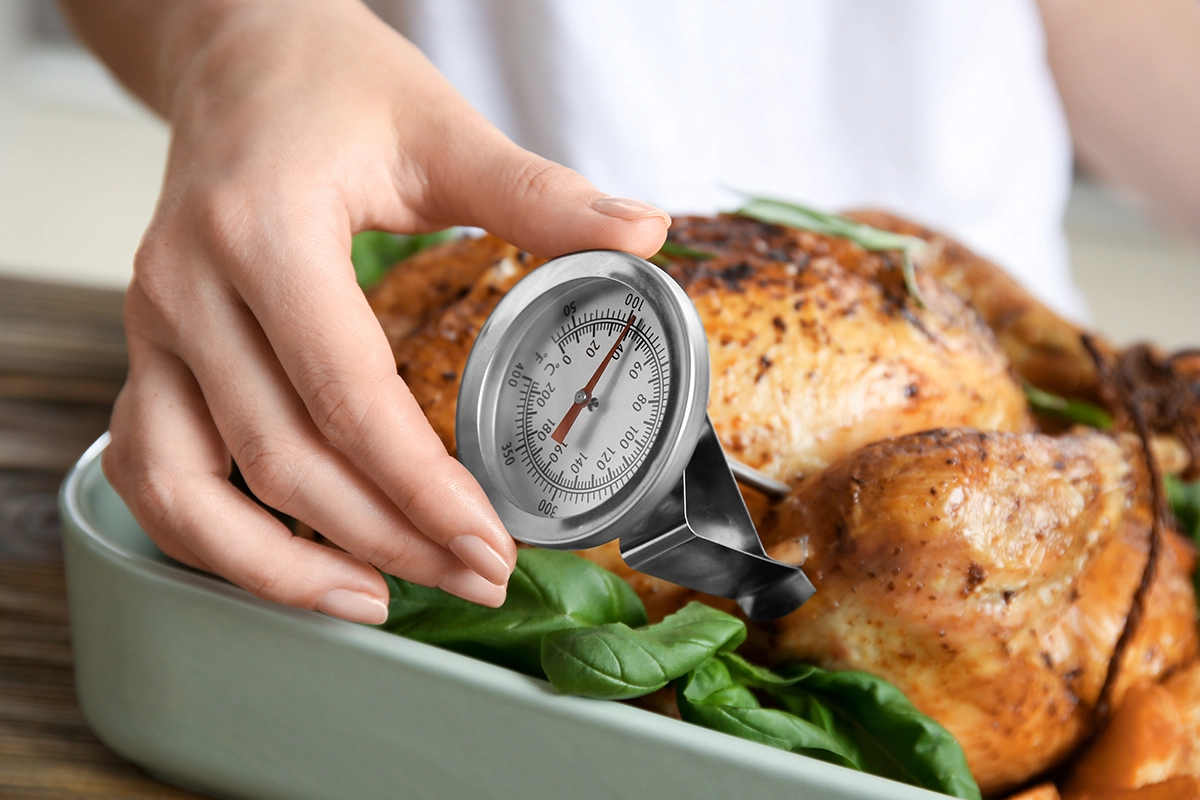Ultimate Internal Temperature Cooking Guide for Meat, Poultry, and Fish!
Cooking meat, poultry, and fish to the proper internal temperature is the key to ensuring food safety and achieving the perfect level of doneness. Instead of relying on cooking times, which can vary based on factors like the size of the cut, type of cooking method, and the individual oven or grill, using a meat thermometer to monitor the internal temperature is a foolproof way to get it right every time.
Why Cook by Internal Temperature?
Cooking meat by internal temperature instead of time offers several benefits:
1. Food Safety: Reaching the recommended safe internal temperature kills any harmful bacteria present, making the food safe to eat.
2. Consistent Doneness: Internal temperature provides a much more reliable indicator of doneness than time alone. This ensures your meat, poultry, and fish are cooked to your desired level of doneness, whether rare, medium, or well-done.
3. Tender, Juicy Results: Cooking to the ideal internal temperature prevents overcooking, which can lead to dry, tough meat. The right temperature leaves your proteins tender and full of flavor.
4. Accommodates Variations: Cooking time can vary greatly based on the size of the cut, your particular oven or grill temperature, and other factors. Internal temperature accounts for these differences to deliver consistent results.
Recommended Internal Temperatures – Ultimate Internal Temperature Cooking Guide
The following table outlines the recommended safe minimum internal temperatures for common types of meat, poultry, and fish, as well as the optimal doneness ranges:

| Food Item | Safe Minimum Internal Temperature | Optimal Doneness Range |
Remember, these are the minimum safe internal temperatures. You can cook your meat, poultry, and fish to a higher internal temperature if you prefer a more well-done doneness.
Using a Meat Thermometer
To ensure you’re cooking to the right internal temperature, use a reliable meat thermometer. Insert the thermometer into the thickest part of the cut, avoiding bone. For thinner items like chops or fillets, insert the thermometer sideways.
Check the temperature toward the end of the recommended cooking time and continue cooking until the desired internal temperature is reached. Keep in mind that the temperature will continue to rise a few degrees after you remove the meat from the heat.
Additional Tips
Let meat, poultry, and fish rest for 3-5 minutes before slicing. This allows the juices to redistribute throughout the meat.
Use the USDA’s FoodKeeper app or other resources to find recommended storage times and safe cooking temperatures for specific cuts and types of meat.
Invest in a good quality digital meat thermometer for the most accurate readings.
In Conclusion, Ultimate Internal Temperature Cooking Guide
By cooking to the proper internal temperature, you’ll ensure your meat, poultry, and fish are safe to eat and cooked to perfection every time, no matter what type of oven, grill, or cooking method you use.
Check out more food hacks here.

Kitchen Must Haves
Tastee Air Fryer, 8-in-1 Compact 5.5QT AirFryers,
450°F Digital Airfryer Dehydrator with Dual-sensor Smart Probe
As an Amazon Associate, Food Cuisine Hub earns from qualifying purchases.

Kitchen Helpers
As an Amazon Associate, Food Cuisine Hub earns from qualifying purchases.
